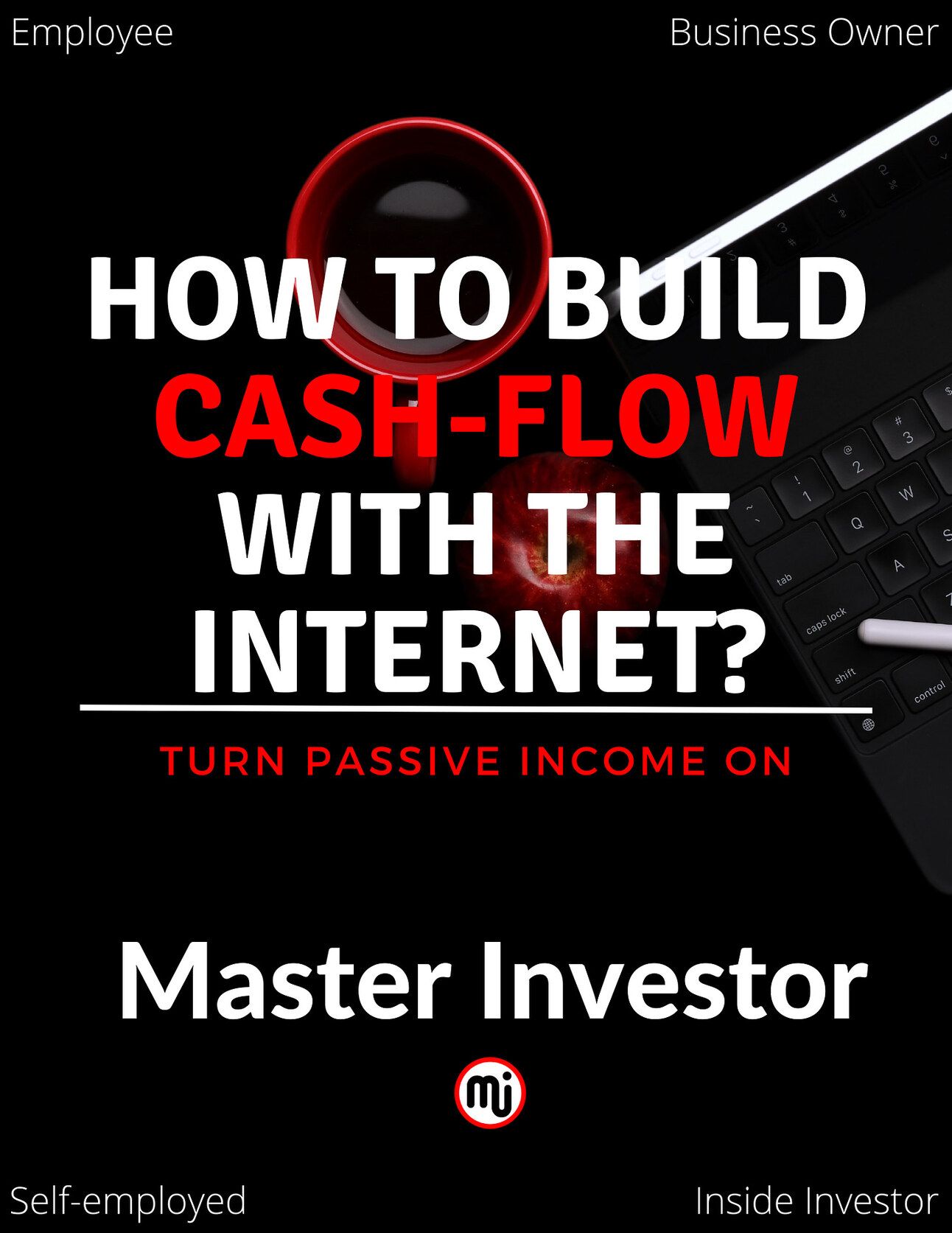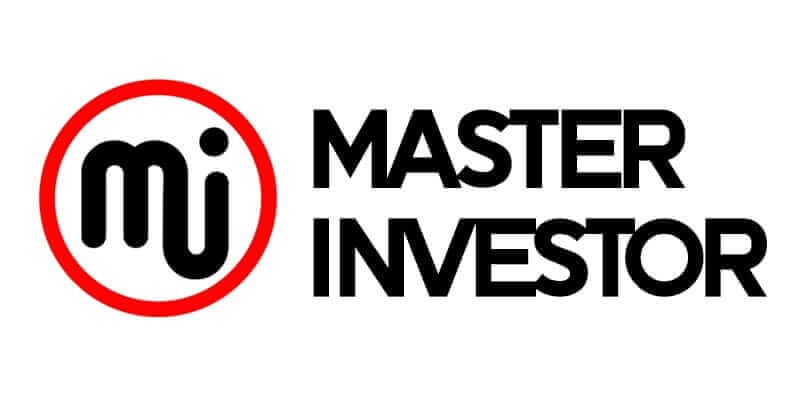
Summary:
We can also invest for cash flow in order to generate income in the stock market in addition to capital gains.
Learn how to turn a gap down into a real profit.
Options grant we the freedom, but not the responsibility, to purchase or sell stocks at a fixed price within a given window of time.
Trading comes to mind for most people when they think of investing in stocks. Trading is speculating on an increase in a product's price. The goal is to purchase low and sell high. This produces a form of revenue known as capital gains.
Regretfully, trading stocks or making other capital gains investments is frequently a more sophisticated and less enjoyable form of gambling. There are those who succeed and those who fail. Wealthy people understand how to invest for cash flow, even in the stock market, as opposed to capital gains. If there are any capital gains at all, they are the cherry on top.
The flip's foolishness
The concept of capital gains is probably already familiar if we have watching those TV shows that include "fixing it up and flipping it." It is, in essence, the game of purchasing and reselling goods to make money.
Let's take the example of purchasing a $100,000 single-family home in real estate. After making a few renovations and repairs, we sell the house for $140,000. We refer to our profit as "capital gains." Capital gains are the profits we make when we sell an item or investment and make money.
Today, the majority of investors use their 401(k)s, mutual funds, and stock purchases to chase capital gains in the stock market. When it comes to their money, many investors are crossing their fingers and hope for the best. That strikes me as reckless and dangerous.
Investments in capital gains are profitable as long as market prices rise. However, capital-gains investors lose out when markets decline and prices drop, which is an unpredictable event. Are we really up for that risk?
The wealthiest's secret to investing: cash flow
Realized cash flow occurs when we buy an investment, keep onto it, and receive a cash flow return each month, quarter, or year from it. Unlike capital-gains investors, cash-flow investors usually want to continue receiving the steady stream of cash flow, therefore they are not interested in selling their investments. It's the most prudent method to invest, and it's how the truly affluent do it.
One way to generate cash flow in real estate is to buy a single-family home and rent it out rather than renovating and reselling it. We pick up the rent each month and cover all of the costs, including the mortgage. If we take good care of the property and paid a fair price for it, a profit, or positive cash flow, will be received by ua.
The good news is that stocks can also be used in this manner! If we buy a dividend-paying stock, we will get income in the form of dividends for the duration that you own that stock. We make money in the stock market in this way. However, the story does not finish there. We will go over some more sophisticated strategies in this piece for investing in the stock market to generate cash flow.
Just a brief disclaimer
Learn from other mentors that are also having success in stocks with put options.
It's crucial to realize, though, that we are not our stock picker as we proceed. We must choose our own stocks. Rather than advising us on which stocks to buy or sell, we will only teach us how to trade equities.
Why?
What would happen if we followed our instructions to purchase IBM stock? Nothing would be learned by us. And in the event that we followed our advice to "just go out and buy some gold," Nothing would be learned by us.
Even worse, what if we were wrong about our selections and we ended up losing a lot of money? Not beneficial to anyone involved.

Going beyond "buy and hold" when investing in stocks
The majority of stock market participants are not investors. These individuals lack education and experience, making them unfit to be investors. They depend on outsiders to make investments on their behalf. They have a 401(k). To invest their money, they have to part up their hard-earned cash.
That's how Wall Street's big boys and stock brokers make their money. They take our money and bill you for their services. This is how Wall Street exploits the hardworking people who lack investment knowledge to make billions upon hundreds of billions of dollars.
But ideally not you, and not us. We'll demonstrate to you how to profit from our investments. That implies that we will receive payment for purchasing the asset. Bewildered? It's alright. We'll clarify.
Let's use an example to clarify. Facebook, whose stock ticker is FB, will be used. At one point in time, Facebook looked like this.
We purposely used historical data here to prevent you from trying to go back and simply duplicate this now. That would be foolish. Discover the ideas here.

Shortly after Facebook's earnings announcement, this chart was removed. During this results announcement, a few things occurred. Facebook only made $1.75 per share, less than their projected $1.84. They also disclosed that they were experiencing some issues with the number of subscribers.
There was a gap down caused by these two unfavorable announcements.
What does a gap down mean?
A gap down occurs when a stock or other trading instrument opens at a price that is not traded between and is much lower than its closing price from the previous trading session. This causes the closing price of the previous session and the opening price of the current session to appear as a "gap" on a price chart.
There are several reasons why there could be gaps, including:
Earnings Reports: A company's stock may gap down the following trading day in reaction to negative news if it delivers a disappointing earnings report after the market closes.
Economic Data: The whole market may gap up or down in response to macro events such as unanticipated interest rate changes or negative economic indicators.
Event and Events: Any noteworthy company-related event, such as a lawsuit, obstacles to regulation, or an unsuccessful product launch, may cause a void. In a similar vein, entire sectors or indexes might be impacted by geopolitical events, natural disasters, or significant policy announcements.
Insufficient Liquidity: Prices in stocks or other assets with low trading volume may be more erratic and may encounter gaps more frequently since there may be fewer buyers or sellers at particular price points.
Facebook: The largest historical drop
Just prior to the announcement, Facebook's share price reached a peak of $220. Following the announcement, the shares fell sharply to $117. This was the biggest market value loss in history at the time—roughly hundreds of billions of dollars—and it made headlines.
When they observed this, many people recognized an opportunity.
We will traverse Investor’s Facebook trade from beginning to end.
First of all, why did the price of Facebook stock stop declining at $171? Why didn't it fall further lower?
The solution is easy to understand. The price at which individuals began purchasing Facebook once more was $171. Stated differently, they concluded that this was a favorable moment to take action.
In essence, traders were asking, "When will we be able to purchase Facebook at such a low price again?"
We advise against attempting to forecast the rise or fall of a stock. That's equivalent to gambling. Rather, we aim to place ourselves so that we may profit from a stock regardless of how high, low, or even sideways it moves.
Therefore, even though we are unable to predict with certainty whether it will rise or fall, we can state with certainty that we do not think Facebook will go out of business within the next month.
Therefore, a typical investor would purchase Facebook at a discount in the hopes of selling it for a profit at a later time when the price has increased. That's what the typical novice investor might do. However, investor is not a novice investor. He or she is an expert.
Investor intended to invest $17,100, or 100 shares of Facebook stock, at a price of $171. investor was aware that he would lose his $17,100 if Facebook filed for bankruptcy. However, he was prepared to take that chance.
Why? Investor had enough education to understand that there was very little chance of Facebook going completely down.
However, investor faced a dilemma. Investor is unwilling to part with $17,100 of his personal funds. Rather, he or she desired payment from someone for purchasing this asset.
Earning Money to Purchase an Asset
Investor made the decision to acquire his Facebook investment through options trading.
Options grant us the freedom, but not the responsibility, to purchase or sell stocks at a fixed price within a given window of time. Investor employed a particular kind of option known as a put option. We can sell a stock at a fixed price with a put option, regardless of the market price.
In this instance, investor offers to buy Facebook from someone for $165 per share by selling them a put option at $165 (also known as the strike price). This effectively means that investor will buy Facebook from the buyer even if the stock goes to $150 or less.
Why would he promise anything like that? because selling this put option entitles him to an upfront reward. $5 per share in this instance. At 100 shares, Investor will immediately have $500 in his pocket. In any case, investor is getting compensated to purchase an item we desired!
Two things can now occur:
Facebook stays above $165: investor’s put option buyer will not exercise the option if, at option expiration, Facebook's stock price remains above $165. If they could receive a better price on the open market, why would they sell investor the stock for $165? As a result, investor is released from his duty and keeps the $500 fee. Win-win situation for the investor.
Facebook falls below $165: investor’s put option buyer may compel him or her to purchase the stock at $165 if Facebook's stock price drops below $165. He or she still wins because the investor was going to acquire Facebook anyhow, and $165 is even less than his initial goal of $171. And don't forget the $5 commission investor received for selling the option. Our purchase price is so lowered to $160 per share.
Ultimately, inside investor is compensated for owning a cheaper stock that we have desired to purchase in the first place. With his asset, we may now pursue even more sophisticated stock methods. However, we won't discuss those now.
A Plan for the Well-Informed Inside Investor
This tactic can be highly effective, but it does require some understanding and bravery. In essence, we are getting compensated for agreeing to purchase a stock at a lower price than we had originally thought to buy.
But it's crucial to keep in mind that options trading has a unique set of dangers and isn't appropriate for everyone.
As with any other investing technique, we must do our research, comprehend the dangers, and be ready for any scenario that may arise.
However, this is only one method we use to apply what we've learned about finance to actual investing. We actively create opportunities to increase our wealth rather than only investing passively by being aware of and utilizing tactics such as these.
Start investing in high quality financial education, by reading our financial eBooks:



Lucrative resources and tools:
Follow us on Instagram.
Listen to our Podcast.
Subscribe to our Newsletter.
Follow us on Tiktok.
Purchase a business digital Course.
Like our Facebook Page.
Join our Inner Circle.
I am reading: Using Put Options to Invest in Stocks for Cash Flow
Comment, like, share and follow for more High Quality Financial Education Made Simple.

